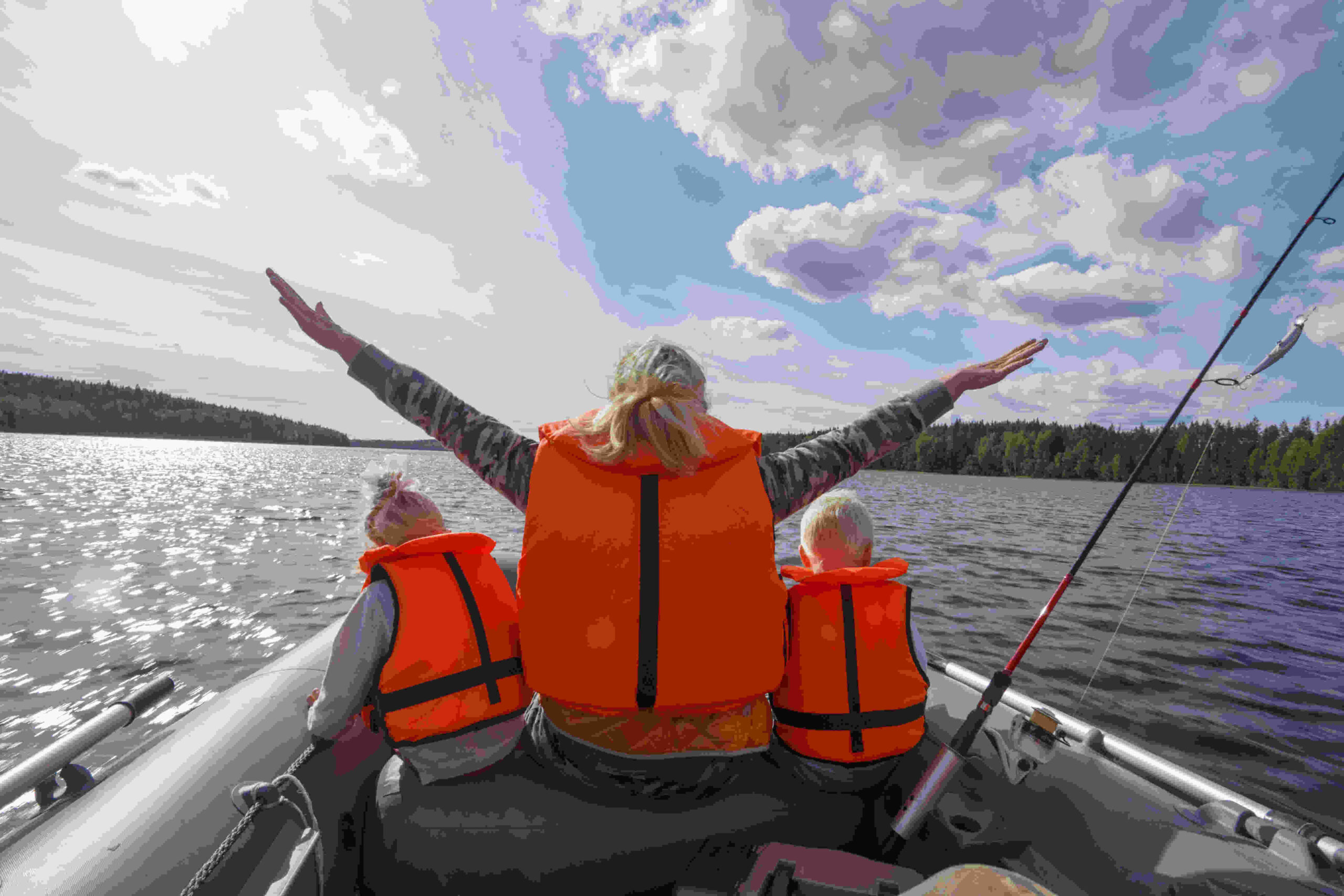Water Safety Education
Drowning is preventable. The Lifesaving Society of BC & Yukon works to prevent drowning and water-related injury through public safety education and training programs.
With approximately 500 fatalities annually, drowning is the third leading cause of unintentional death among Canadians under 60 years of age, the most common cause of accidental deaths among children 1-4 years and the second leading cause of preventable death for children under 10 years.
Taking a lifesaving course and learning water survival skills can help minimize risk by teaching swimmers how to be safe in water. Check out the following water safety tips to learn how to practise safe aquatic activities:
Water Smart Tips
- Closely supervise young children near water. If you’re not “within arms’ reach” of them, you’ve gone too far.
- Always swim with a buddy. And play and swim in areas supervised by a lifeguard.
- Protect your neck. Go feet first, the first time. Never dive into shallow water.
- Know before you go. Check the weather forecast and complete a simple safety checklist.
- Choose it and use it! Always wear a lifejacket or personal flotation device (PFD) when boating. It won’t work if you don’t wear it. Don’t just have it in the boat. Pick one and wear it.
- Think about it. Boat sober and ride sober. Don’t drink and drive your boat or snowmobile
- Drive powerboats, personal watercraft and snowmobiles responsibly. Look before you act, stay low, drive at moderate speeds, be aware of changing weather conditions, and drive with extreme caution and proper lights after dark.
- Get carded. Get the Pleasure Craft Operator Card. Take a course to help you know the boating “rules of the road,” how to respond in a boating emergency, and how to operate a pleasure craft safely.
- Don’t drive your snowmobile on thin ice. Wear a thermal protection buoyant suit.
- Learn to swim and learn lifesaving skills. Go further…take a Lifesaving course: the Canadian Swim Patrol, Bronze Medallion, Bronze Cross, National Lifeguard or other lifesaving program. Contact your local pool or aquatic facility for more information.
